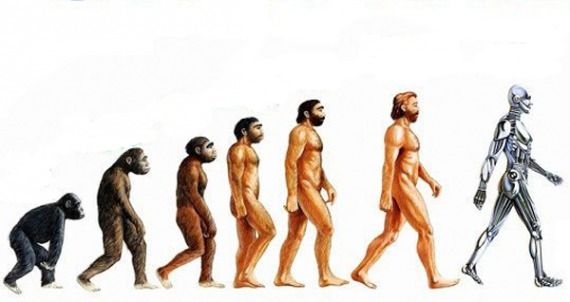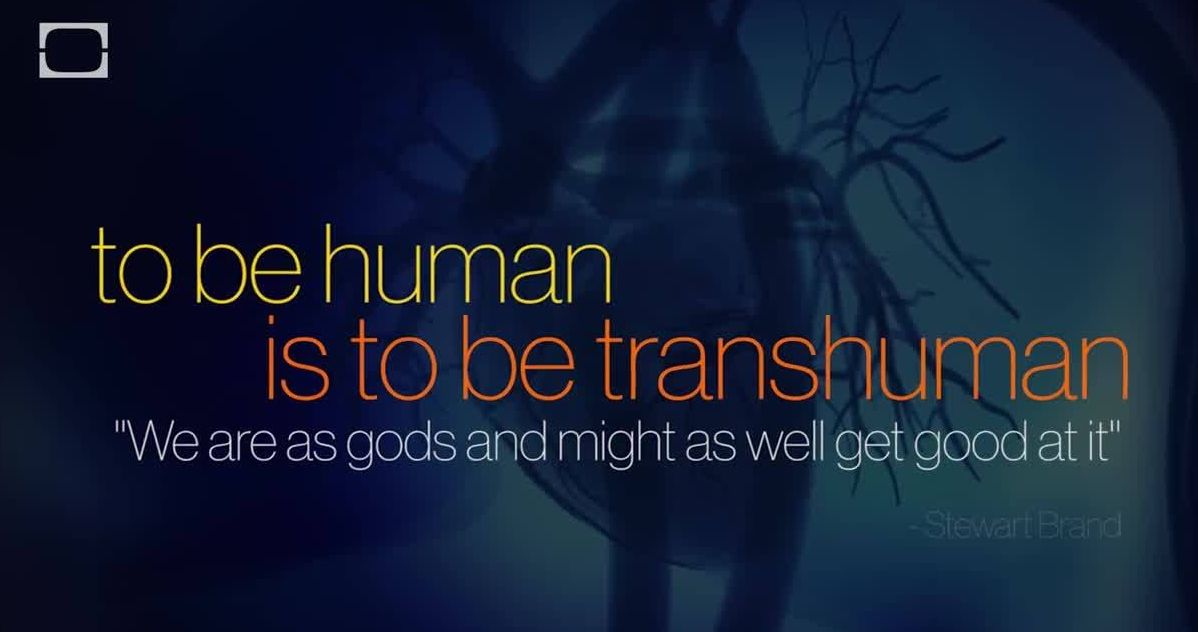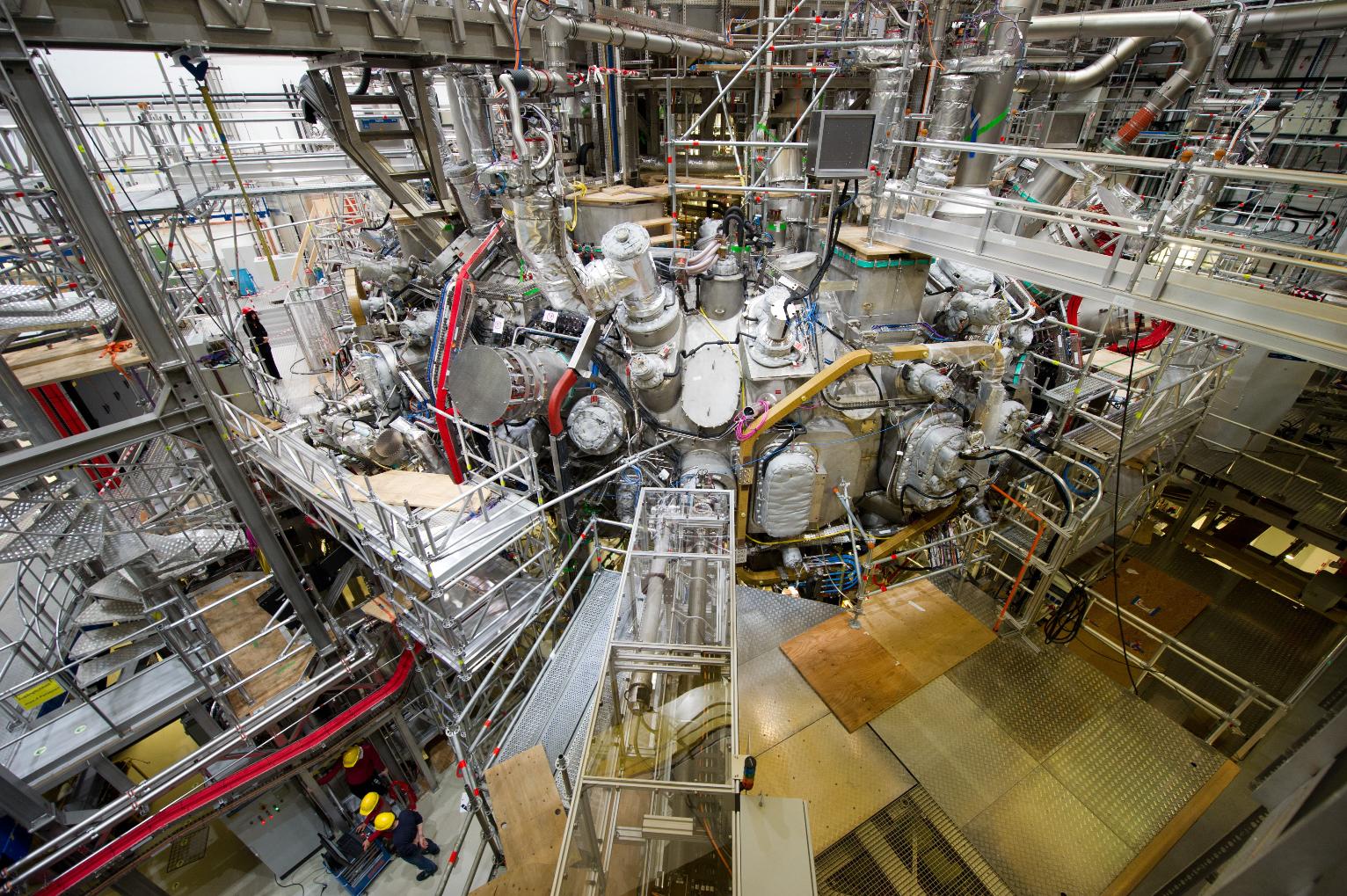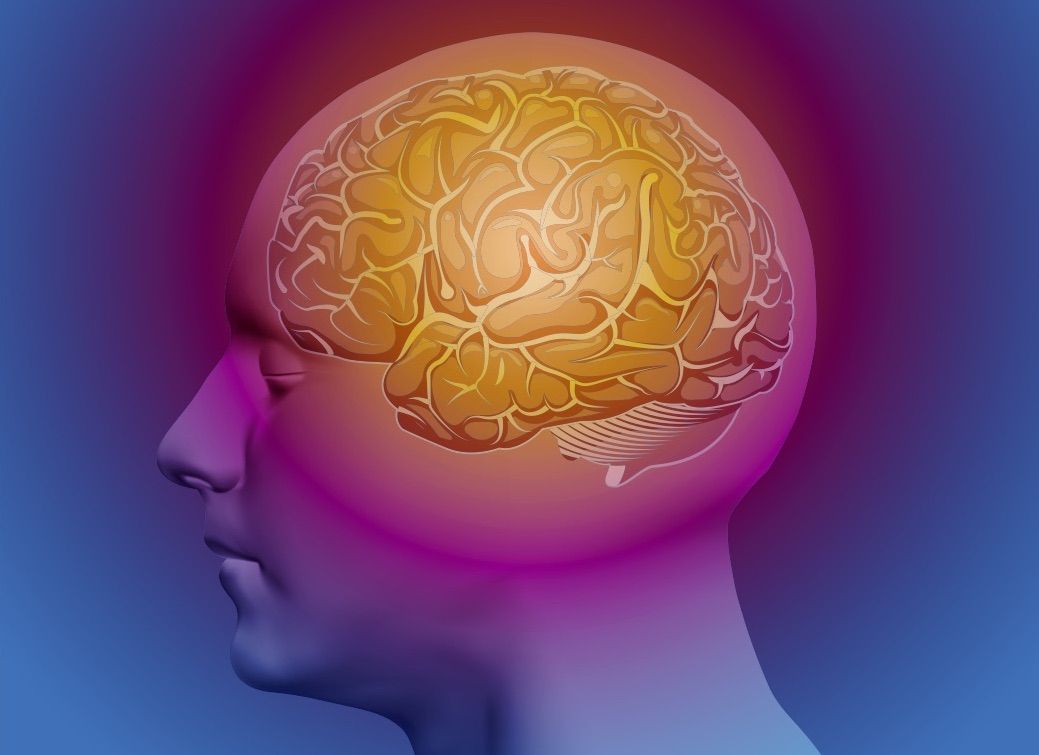A futurologist predicts that developments in wearable and implantable technology will cause Homo sapiens to evolve into Homo Optimus by 2050.
Page 11484
Feb 3, 2016
“Some scientists refer to this as the Singularity. I call it Transcendence.”
Posted by Shailesh Prasad in categories: biological, energy, neuroscience, robotics/AI, singularity, space

http://www.transcendencemovie.com/
Dr. Will Caster: “For 130,000 years, our capacity for reason has remained unchanged. The combined intellect of the neuroscientists, engineers, mathematicians and hackers in this auditorium pales in comparison to even the most basic AI. Once online, a sentient machine will quickly overcome the limits of biology. And in a short time, its analytical power will be greater than the collective intelligence of every person born in the history of the world. So now imagine such an entity with the full range of human emotion. Even self-awareness. Some scientists refer to this as ‘the Singularity’. I call it ’Transcendence’. The path to building such a super-intelligence requires us to unlock the most fundamental secrets of the universe. What is the nature of consciousness? Is there a soul? And if so, where does it reside?”
Luddite: “Dr. Caster.”
Continue reading “‘Some scientists refer to this as the Singularity. I call it Transcendence.’” »
Feb 3, 2016
Scientists are poised to flip the switch on an experiment that could help provide the world with a clean and almost unlimited source of energy
Posted by Julius Garcia in category: nuclear energy
GREIFSWALD, Germany (AP) — Scientists are poised to flip the switch on an experiment that could take them a step closer to the goal of generating clean and cheap nuclear power.
Feb 3, 2016
How, not why, the human brain folds — By Leah Burrows | Harvard Gazette
Posted by Odette Bohr Dienel in category: science
“The distinctive troughs and crests of the human brain are not present in most animals; highly folded brains are seen only in a handful of species, including some primates, dolphins, elephants, and pigs. In humans, folding begins in fetal brains around the 20th week of gestation and is completed only when the child is about 18 months old.”
Tag: Brain
Feb 2, 2016
Opportunities in Cancer Nanotechnology: A Conversation with NCI’s Dr. Piotr Grodzinski
Posted by Karen Hurst in categories: biotech/medical, nanotechnology
Wonderful article on Nanotechnology and cancer with NCI’s Dr. Piotr Grodzinski. NCI established NCI’s with NCI’s Dr. Piotr Grodzinski. The article was published by declara.
Learn about Opportunities in Cancer Nanotechnology: A Conversation with NCI’s Dr. Piotr Grodzinski. Declara makes it easy to discover, share and organize knowledge. We empower individuals, organizations and countries to develop the knowledge needed to solve big problems.
Feb 2, 2016
Skyrmions could be the path to faster, denser hard drives
Posted by Karen Hurst in categories: computing, particle physics
Research on skyrmions suggests that the vortex-shaped particles could potentially be used in denser, faster storage.
Feb 2, 2016
Apple takes interest in Stanford’s Virtual Human Interaction Lab
Posted by Karen Hurst in categories: augmented reality, internet, virtual reality
Apple and any other tech company with an interest in consumer interactive experience (communications, gaming, internet, video/ streaming media) knows you will need VR to remain relevant; and who can do it best will be king.
Rumors are stating that Apple is investing heavily in virtual and augmented reality solutions.
Apple representatives are said to be visiting Stanford University’s Virtual Human Interaction Lab quite a bit more often. Founding director Jeremy Bailenson told the folks over at The Wall Street Journal that Apple’s recent visits were the first since the lab that was founded in 2003. Bailenson had the following to say regarding the matter:
Continue reading “Apple takes interest in Stanford’s Virtual Human Interaction Lab” »
Feb 2, 2016
This CO2 laser printer can cut and etch patterns into almost any type of material, from metal to leather to paper
Posted by Shailesh Prasad in category: materials
Feb 2, 2016
Mind-Reading Computer Instantly Decodes People’s Thoughts
Posted by Sean Brazell in categories: computing, neuroscience
A new computer program can almost instantaneously decode people’s thoughts based on spikes in their brain activity, a new study suggests.

















